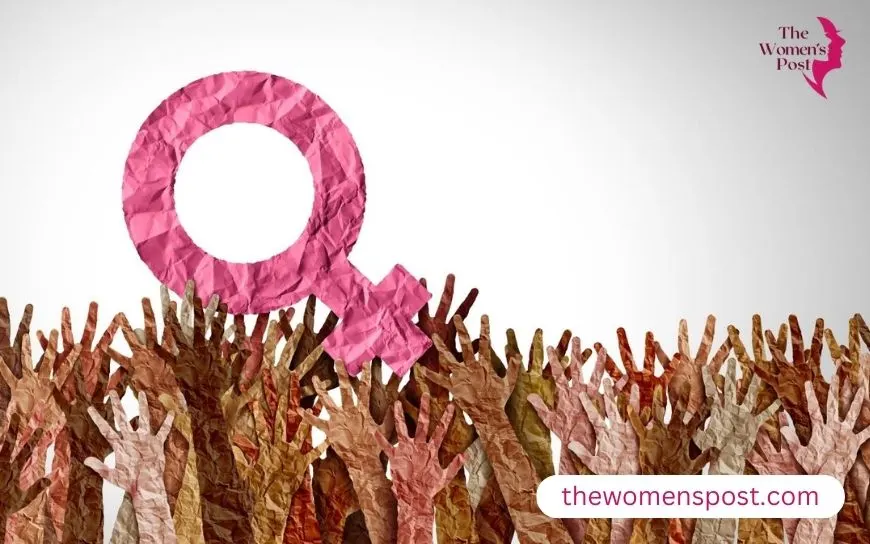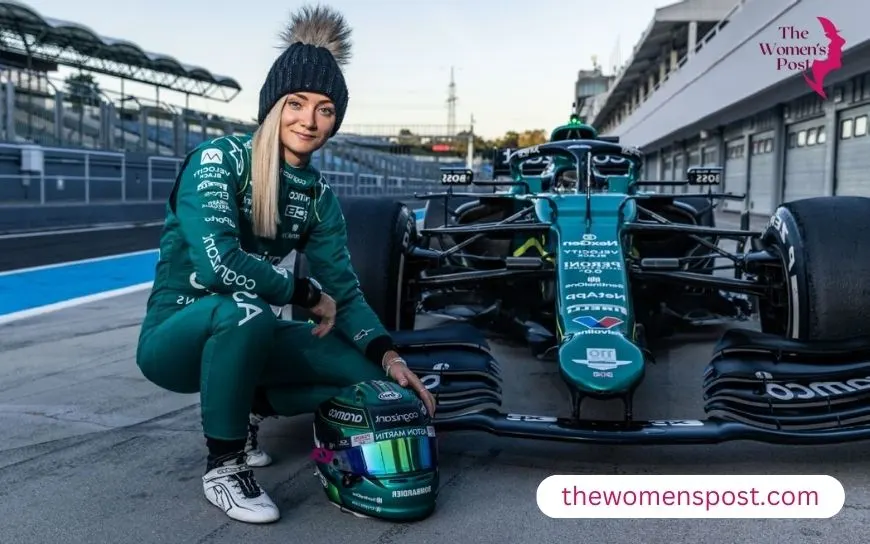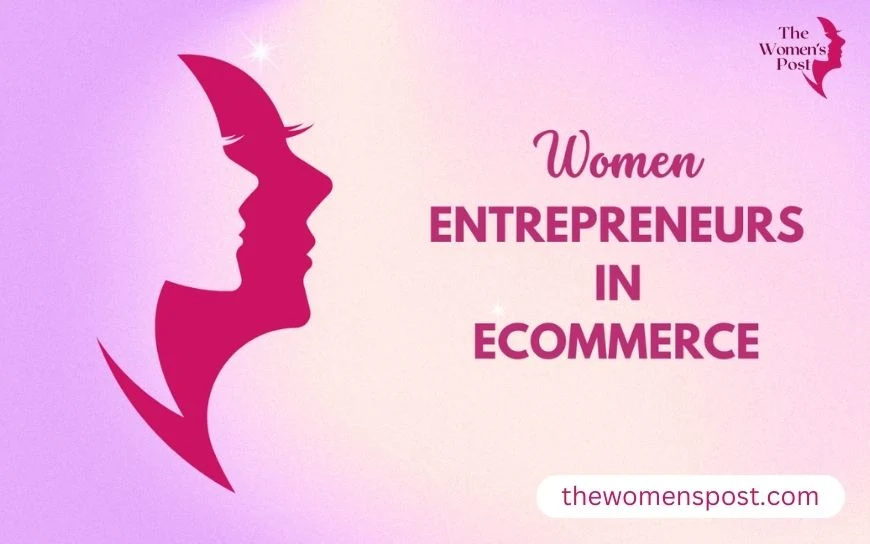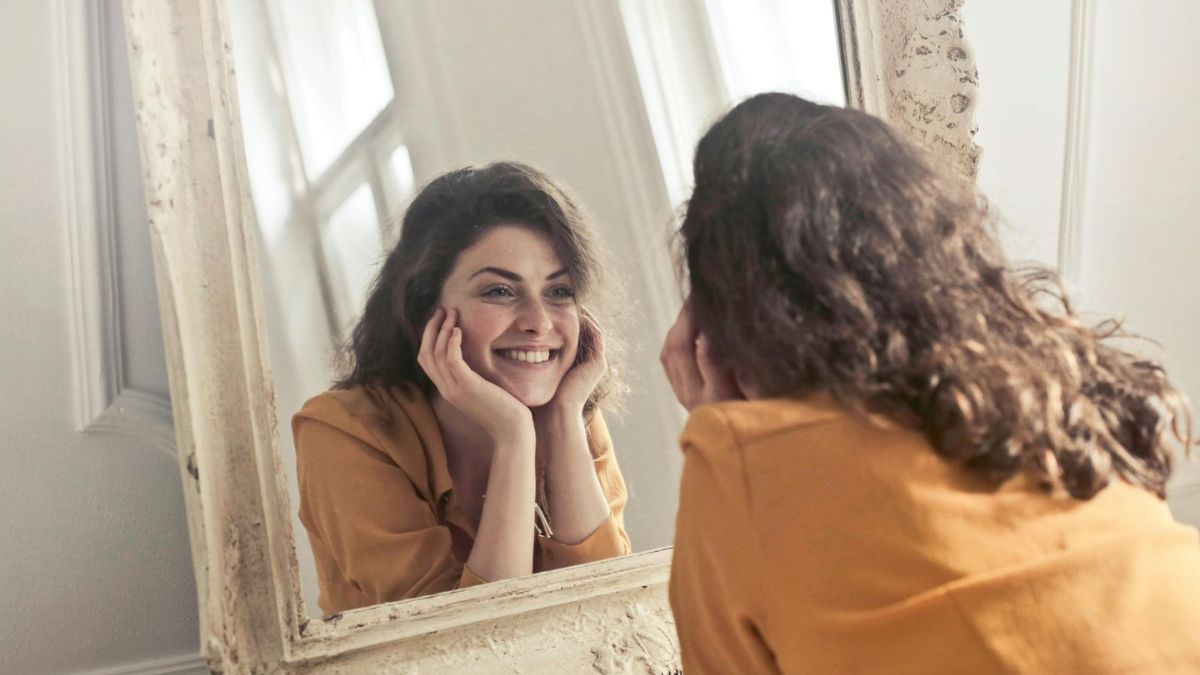Beyond the Mirror: A Global Canvas of Beauty Norms
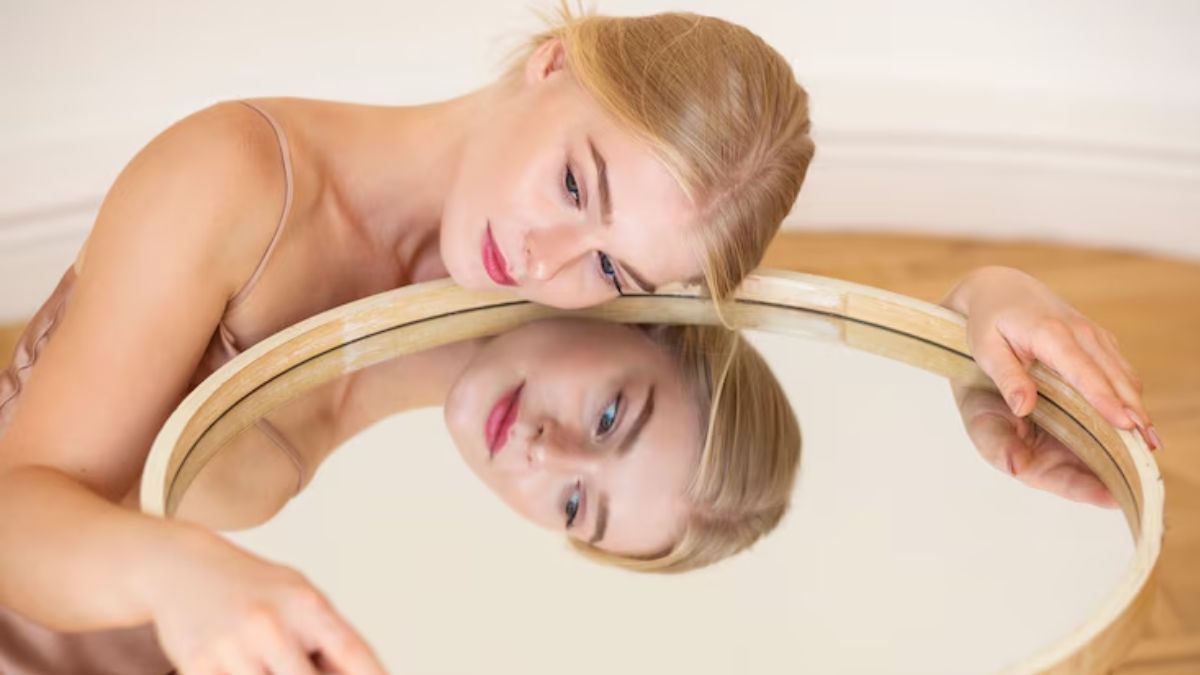
Consider this: a woman in Tokyo applies white powder on her face, striving for porcelain perfection. Another woman tans in Brazil, hoping to achieve a sun-kissed radiance. Meanwhile, in Nigeria, a young woman proudly wears ornate headwraps and adorns herself with brilliant beads, a symbol of heritage and prestige. Everyone strives for beauty, yet the meanings could not be more diverse.
So, who decides what is “feminine,” and why does it vary based on where you are?
The Global Kaleidoscope of Beauty
There is no single definition of beauty. What is celebrated in one nation may be disregarded in another. In South Korea, the “V-line” face (a slim, pointed chin) is highly valued, fuelling a thriving cosmetic surgery business. In contrast, Mauritania formerly valued larger bodies so highly that adolescent girls were taken to “fat camps” to gain weight—a direct reversal of the Western fixation with thinness.
Fair complexion has traditionally been linked with desirable qualities in India, due to colonial hangovers and Bollywood glamour. Meanwhile, in Tanzania, traditional dance and song highlight curves that speak to a very different ideal.
It’s more than simply aesthetics; it’s about survival, prestige, and social power.
Evolution of “Femininity”
Femininity is sometimes depicted as something natural—innate and instinctual. However, in actuality, it is primarily contrived. Girls are taught how to “be feminine” from an early age, sometimes discreetly and sometimes not. Sit appropriately. Speak quietly. Smile more. Do not be overly loud. Do not take up too much room.
What is considered feminine in one location or period may be masculine in another. Long hair, for example, has crossed gender boundaries spanning generations and countries. In ancient Egypt, both men and women wore extravagant wigs. In Victorian England, a woman’s long locks represented purity and humility. Depending on where you are, this may signify anything from rebellious to stylish to spiritual.
“Feminine” characteristics such as elegance, gentleness, and beauty are not determined by biology.
They are culturally constructed. Fairy tales, films, fashion commercials, and influencers all promote these ideas.
The Media’s Megaphone
Let’s be honest—the media has a stranglehold on beauty standards. Whether it’s Western fashion publications or worldwide TikTok trends, media outlets serve as skewed mirrors. They mirror society’s beauty standards, but they also shape them.
Consider the growth of the “Instagram face”: big lips, contoured nose, and high cheekbones. It’s a look that mixes elements from several races yet frequently promotes a homogenised ideal. Ironically, it increasingly resembles a filtered version of reality.
Western beauty standards (such as a small nose and lighter complexion) frequently dominate advertisements and entertainment in countries such as the Philippines and Thailand, despite the fact that these characteristics are uncommon among the local population. What was the result? A thriving cosmetics business and generations of women who believe their natural looks are inadequate.
Capitalism: The Silent Puppetmaster
If you want to know who actually decides beauty standards, follow the money.
The worldwide beauty and cosmetics sector is valued more than $500 billion. That includes plastic surgery, skin lightening lotions, slimming drinks, hair extensions, and other treatments. It’s a business that profits off insecurity and sells a fix for every “flaw” it generates.
Need to look more feminine? There is a serum for it. Want to have a more “delicate” jawline? This clinic promises a change. Are you unhappy with your body hair? There are a dozen ways and devices for removing it.
Brands frequently capitalise on cultural vulnerabilities and rebrand them as empowerment. But the reality is that the stricter the beauty standard, the more profitable it gets.
The Burden of Beauty: True Stories
Talk to women all throughout the world, and you’ll hear the same themes: pressure, judgement, pride, and resistance.
- “I used to bleach my skin every week,” admits Lila, a 23-year-old from Kenya. “It all started with an instructor telling me that if I were lighter, I’d look nicer. It takes years to unlearn that.
- Clara, a law student in Brazil, says, “When my mother was 18, she had a nose job.” My sister and I both followed. It’s like a rite of passage. “You don’t even question it.”
- Sakura, from Japan, describes how others told her she appeared fatigued because her eyes were not as round. I used to use double-eyelid tape every day. “I felt incomplete without it.”
These are not isolated incidents. They demonstrate that beauty standards are more than simply notions; they are highly personal, often painful realities.
Resistance and Redefinition
Despite this, there is a significant change underway. Across cultures, women are reclaiming femininity and beauty on their own terms.
Movements like #BodyPositivity, #UnfairandLovely, and #NoFilter are resisting the constant demand to conform.
Plus-size models are walking the runways. Skin tones that were formerly excluded from periodicals are now prominently included. Buzz cuts, unshaved armpits, gender-fluid makeup—it’s all happening.
Femininity is being queered, twisted, and reclaimed. And it’s stunning.
As 19-year-old Pooja from Delhi observes, “Femininity is not what I see in magazines. It’s how I feel when I dance, speak my truth, and care for myself and my community.
So, Who Decides?
Ultimately, the answer is not found in a boardroom or on a runway. It’s in us.
Culture plays a role. So does the media. But the individual—each of us—has a say. We choose what makes us feel attractive, feminine, strong, and enough. And we may choose to confront what no longer serves us.
As global citizens with unparalleled access to one other’s experiences, we have a rare opportunity to rewrite the narrative. We can uphold traditions while still allowing for new narratives. We may appreciate our individuality without criticising differences. We may embrace femininity in all of its chaotic, wonderful, and diverse magnificence.
Because, ultimately, femininity is not something you can wear, paint, or shave. It is something you live—on your own terms.
What’s next?
Let us continue the discourse. Let we ask ourselves:
- Who profits from today’s concept of beauty?
- What notions about femininity have we accepted without question?
- How can we help each other redefine what it means to?
Because of the true glow-up? It’s in knowing you don’t have to fit into anyone’s mould.
Also read: Sisterhood of Success: The Rise of Women-Only Business Networks


